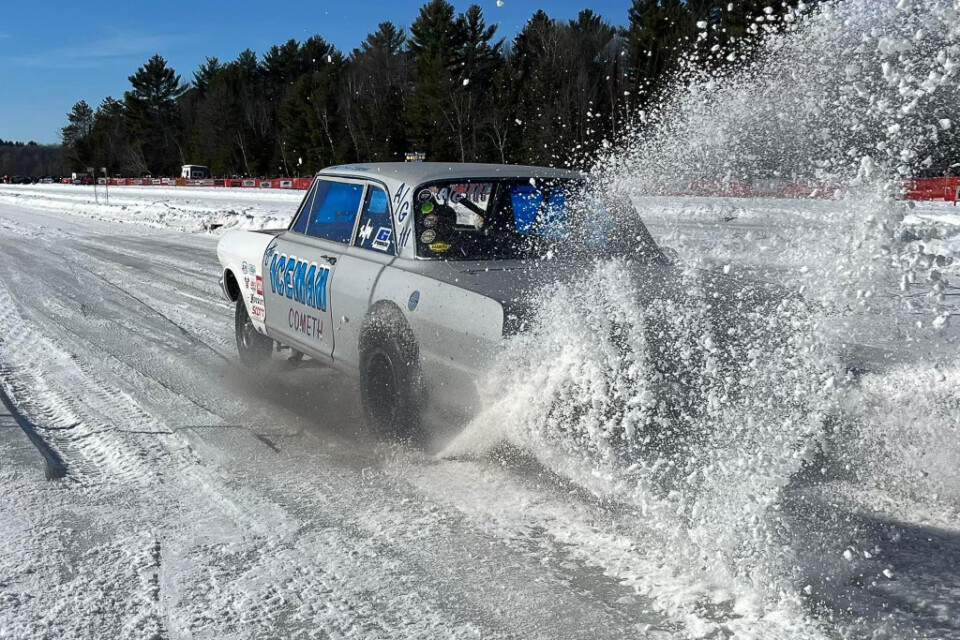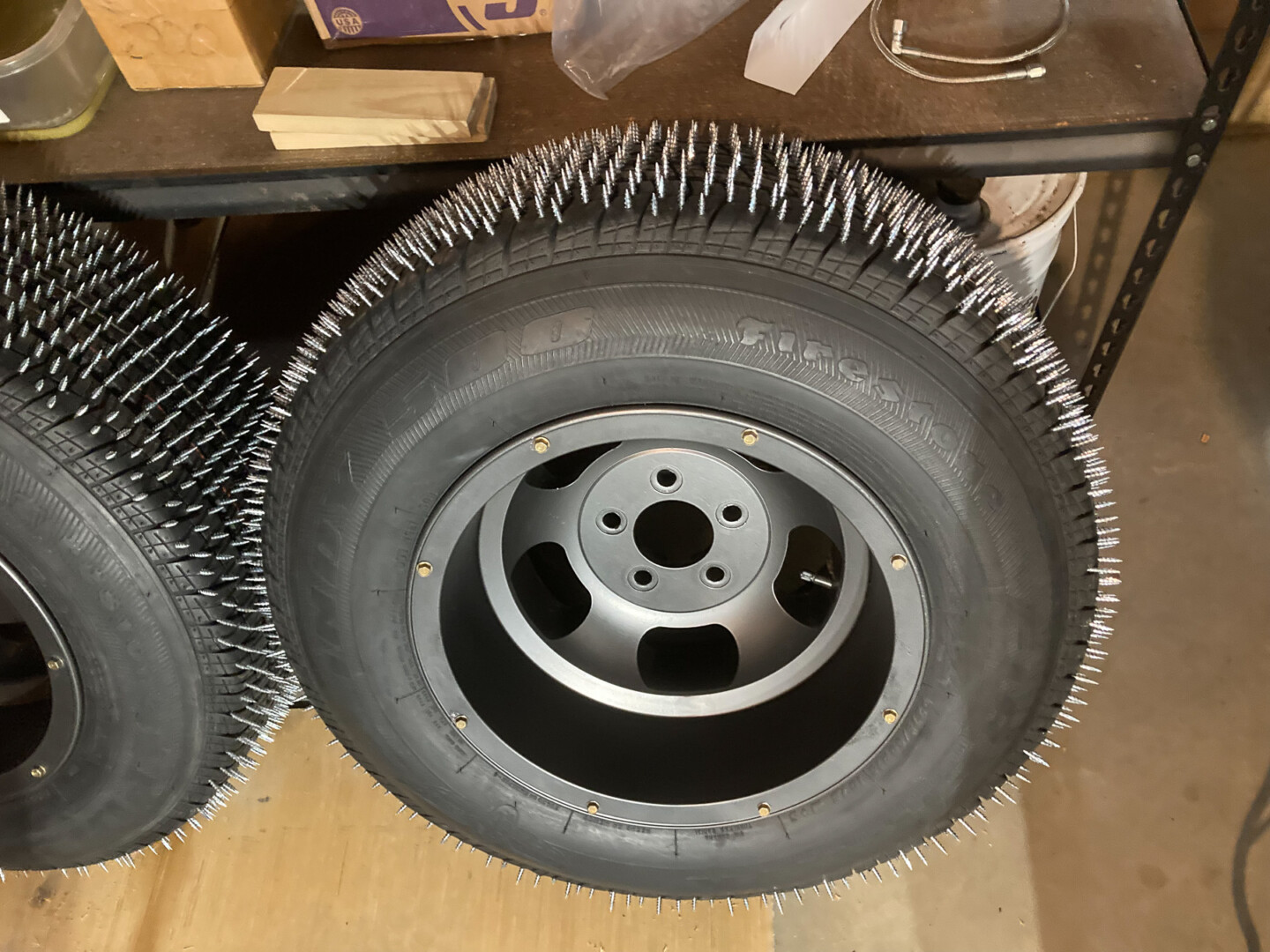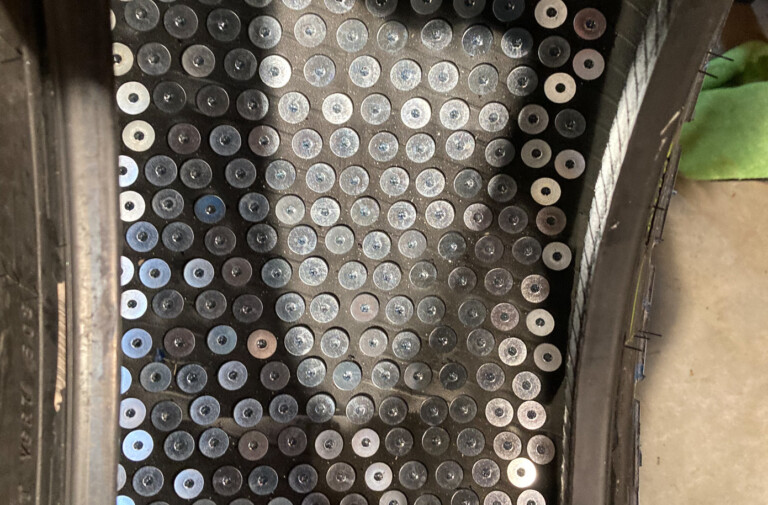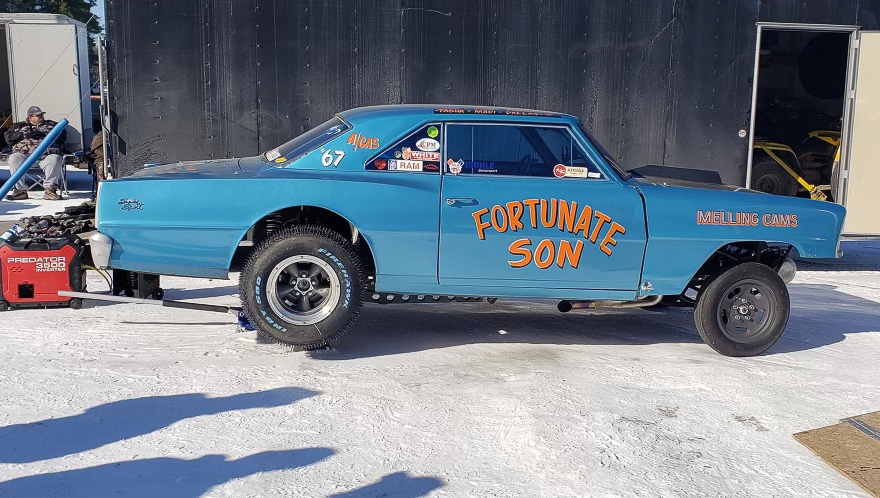Throughout the summer months, you’ll find the Southeast Gassers Association’s (SEGA) classic brand of racers and machinery dumping clutches and rowing gears up and down 1/8-mile tracks from Georgia to Ohio, the Carolinas to Kentucky, putting on shows unlike anything seen since the class’ heyday of the late 1960’s. But earlier this month, a quarter of competitors from the popular series tried their hand at something just a bit different: racing on ice.
Veteran SEGA racer Rod Burgener is a native of Merrill, Wisconsin, who nows calls North Carolina home. Merrill is, of course, home to the long-running Merrill Ice Draggers, a hearty group of gearheads in upper Wisconsin who have kept racing alive on the frozen-over Wisconsin River every winter for decades.
In Burgener’s case, you can take the man out of Merrill, but you can’t take the Merrill out of the man, and this offseason, he assembled a group of three (originally four) other SEGA regulars to join him for a trip to one of the nation’s northernmost — and coldest — points to let their American iron, four-speeds, and clutches rip on a solid 1/8-mile of ice.
Back in 2020, Burgener took his ’55 Chevy “The Undertaker,” originally built by one of the founding members of the Merrill Ice Draggers, up to race on the ice. In doing so, he piqued the interest of some of his SEGA counterparts, Shaun McLemore, Scott Butler, and Dennis “Opie” Shepherd. The group decided this winter they were going to make it happen, and began preparations to their cars.
The more common setup, often used by the quickest and fastest of ice racers in Merrill, is a 22-inch, low-sidewall-profile tire, outfitted with hundreds of screws for traction. Burgener says that, while such a tire would have been ideal, he couldn’t fathom the thought of putting the large wheel and tire combination on these very stringent, classically-styled Gassers.
Instead, he used a brand new set of Firestone Firehawk 275/60/15 road tires on his A/Gas 1963 Chevy II called “The Iceman Cometh,” with 2,250 1.5-inch, fast-cap screws carefully-patterned into each tire for traction. Burgener spent some 14-15 hours per tire driving the screws in; once complete, he used two inner tubes, with one cut down to just the center for a protectant “boot” to separate the tube from the screw heads. Using a fresh tire with maximum tread, he says these tires will easily last a couple of decades.
The other three racers, all of whom come from…
Click Here to Read the Full Original Article at DragzineDragzine…





